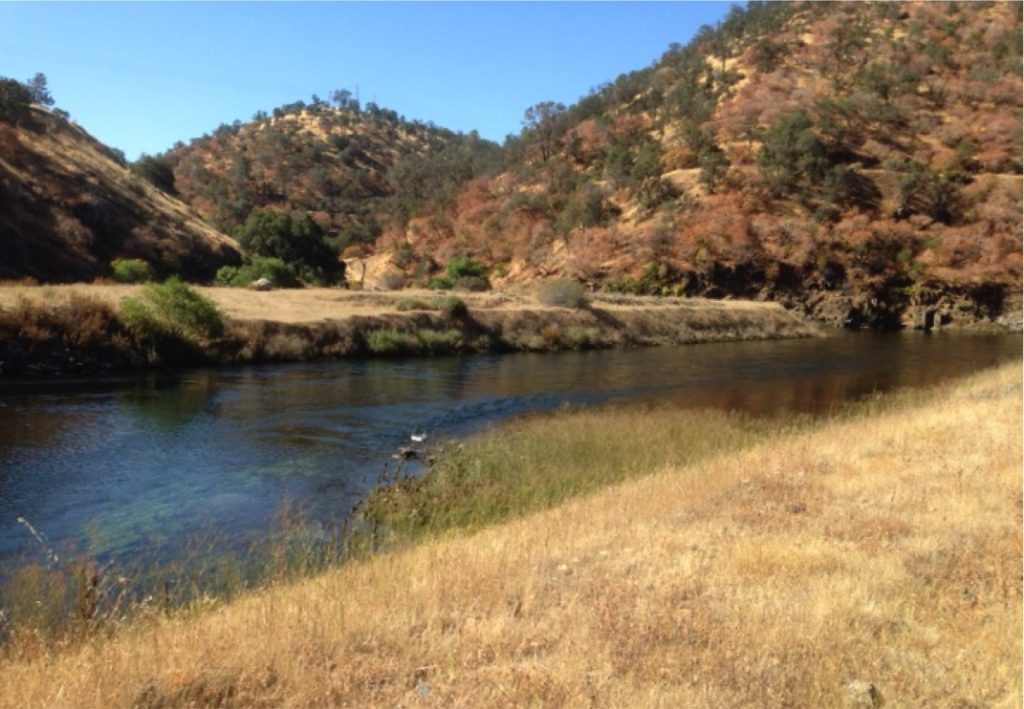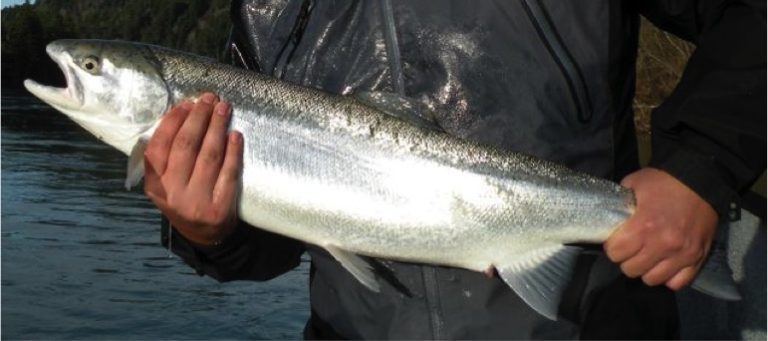
WHAT RECREATION IMPROVEMENTS ARE NEEDED AT WARDS FERRY?
Large numbers of commercial and recreational river rafters float down to the Wards Ferry Bridge. At the current time, the take out facility is unsafe, inadequate, and undesirable. What percentage of upgrade costs should utilities pay as their fair share of upgrading the recreational site?
HOW MUCH WATER SHOULD FLOW DOWN THE RIVER, AND HOW MUCH SHOULD BE DIVERTED?
Right now as much as 80% of the natural flows of the Tuolumne River are taken for agriculture and other demands. This leaves insufficient water for the cool river temperatures needed by salmon and steelhead (below), as well as other species. It also results in salinity pushing further up into the Bay Delta.
SHOULD “FISH PASSAGE” BE REQUIRED TO BOLSTER DWINDLING POPULATIONS OF SALMON?
Hundreds of thousands of salmon historically migrated from the ocean up local rivers. Should utilities that built dams that block salmon migration be required to provide “fish passage” around the dams and the reservoirs to transport salmon to historic spawning streams? Should juveniles be captured as they migrate downstream and be transported back around the dams to be released into the Lower Tuolumne?
These are some of the main issues currently being debated in this river planning process. Over the rest of this year, the pressure will be high to move past areas of disagreement to get the best win-win outcomes for the river system and the water districts and agricultural interests that take so much of the river’s water.


